How Often Do We Need to Eat?
How often you need to eat is hotly contested among weight-loss experts. What works for real women? See who got slender and who got cranky
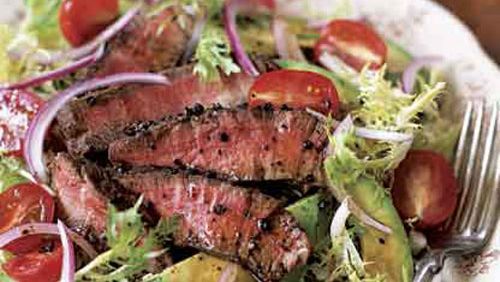
Americans love the idea that eating all the time might prevent blood-sugar dips — and the cravings they allegedly create — thus helping you lose weight. (Could be why The 3-Hour Diet hit the best-seller list.) But some experts now say that three meals a day — or even one — can work just as well. We asked three women to see what three very different feeding schedules did for their bodies, and their lives.
EATING SIX TIMES A DAY
The Day in Food
Breakfast: One egg, half a dry English muffin, a small glass of fruit juice, two omega-3 pills
Three hours later: Six almonds or one piece of fruit
Lunch: Mesclun salad (as much as I want) with 1/2 cup tofu, 2 cups vegetables, 1 tablespoon sunflower seeds, two rice cakes or a mini pita, one piece of fruit Three hours later: One piece of fruit or a granola bar
Dinner: 1 oz. salmon, 1/2 cup couscous, 1 cup steamed broccoli
Three hours later: 12 frozen grapes
Stay In The Know
Get exclusive access to fashion and beauty trends, hot-off-the-press celebrity news, and more.
The diet: The 3-Hour Diet, by Jorge Cruise
The theory: If you don't eat every three hours, your body will start cannibalizing your muscles and your resting metabolism will slow, says Cruise. If you wait too long between meals and snacks, blood sugar plummets and activates hunger, cravings, and fatigue. To boost metabolism and suppress cravings, every meal should contain vegetables, carbs, fat, and protein.
Tester: Marnee Horesh, 35, consultant
In one month, she lost: 5 pounds
I used to rush out of the house and grab coffee, skipping breakfast. By the time I got to work, I would be full from the coffee. But by 11 a.m., lunch was calling my name — and when I actually ate, I'd have anything I could think of eating. Then, I might skip dinner.
So for me, there was nothing easy about this diet. It takes a ton of planning to have the right foods around every three hours. When you do eat, you have to have a combination of fat, carbs, and protein — it's really complicated! Also, when you eat every three hours, you must control portions: If I wanted grapes, I could only have 12 of them. If I wanted almonds, I could only have six. I hate measuring food. It takes a lot of preparation, and having to get the snacks ready before work was stressful. At first, I was starving between my morning snack and lunch. But by the end of the second week, that had lessened, and I noticed that I wasn't as interested in eating dinner (but ate it anyway) because I was eating so often.
By that time I'd lost a few pounds, and all of a sudden, I had more energy. I never felt that "afternoon crash" feeling. And I've never felt the need to go out and jog before, but I did twice that week. I love having energy to burn.
On the flip side, it seemed impossible to have a life on this diet, and I didn't like the fact that my days seemed to be ruled by food. It was difficult to navigate on weekends, or when I ate out with friends — life gets in the way! One day, I had a 1 p.m. lunch appointment, and I would have had to wake up early to eat breakfast so the timing would work out — but I forgot about the lunch, woke up at the regular time, and ended up having to wait till 2 p.m. to eat. Another time, I took a road trip with friends. On the way home I bought peanuts, but the diet only lets you eat 20, so my friend actually had to count them and hand them to me as I drove.
By the end of the month, I liked knowing when and what I had to eat; it took the indecisiveness out of the equation. Plus, I'd lost five pounds, and my body felt like a machine: If you feed it well and give it what it needs, it performs at its peak. Still, I don't think I could stick with the diet forever. I can't live that strictly.EATING THREE TIMES A DAY
The Day in Food
Breakfast: Toasted wheat bread with butter (the real stuff!) and jelly
Lunch: Grilled chicken breast with a dip of mixed mayonnaise and horseradish sauce, mixed green salad with balsamic vinaigrette, dark chocolate
Dinner: Broiled steak with spinach, dark chocolate
The diet: The French Don't Diet Plan, by Will Clower, Ph.D.
The theory: Eat three leisurely, unprocessed meals a day — even "forbidden" foods like butter, cheese, and bread. The thinking is that the flavors satisfy you, leading you to reject the taste of processed foods. Clower also believes that when you allow yourself fat in moderation, you get its benefits without the health risks that come with consuming it in excess. By savoring meals, you'll eat less because you'll feel satisfied. And by finishing your meal with a rich "ender," like dark chocolate, you'll stave off snacking urges.
Tester: Aziza Johnson, 28, publicist
In one month, she lost: 10 pounds
Eating three meals a day was a psychological challenge at first: Knowing I couldn't eat between meals automatically made me want to snack, and knowing I couldn't eat processed foods made me crave them. I would see a cake in a store window and want to buy it and eat it — even though I've never really liked cake all that much.
But when I started changing what went into my grocery cart, avoiding processed foods (including those 100-calorie bags of Oreos I used to buy) and filling up on fresh ingredients, I realized how good fruits and vegetables are and how much better it tastes when you prepare your own piece of fish or steak. And it was nice to be on a program that allows you to butter your toast and even use jelly (as long as it's 100-percent fruit). After the first week, I wasn't hungry between meals anymore. But at first, I had to conquer in-between-meal cravings with sheer willpower. The trouble was, with my schedule, cooking was tough: When I did have the time, I didn't always have the right ingredients on hand. One night, I wanted to make a macaroni and biscuits recipe from the book, but it was already 8:30 p.m., my milk had gone bad, and I didn't want to go out to the store. I didn't really have anything else in the house, so I ate toast for dinner that night.
Another tenet of the diet, eating in a leisurely manner, was hard: Taking my time, chewing, and enjoying the food was unrealistic when I was really busy at work and felt like I needed to rush to get back to what I was doing. And when I did savor a meal, it didn't make a difference in terms of my feeling more or less hungry later.
Probably what worked best for me was the "ender." Clower says that having a piece of cheese or dark chocolate at the end of a meal creates a mental association between being finished and feeling satisfied. For me, the chocolate was like a gift I gave to myself as a reward for eating a healthy meal.
You would think a diet that encourages rich foods would be easy to follow, but weekends were hard. I sleep in these days and hardly ever eat breakfast, so fitting in three meals wasn't easy. I also went to a baby shower one weekend, where I ate cake and cookies and had a Coke. The diet does allow you to indulge, but I definitely overdid it that day.
As liberal as this diet is, it was challenging to stick to. Still, I lost 10 pounds in less than a month, and I would consider staying on it: Even though I had to control portions, I could eat many of my favorite foods — and it worked!
EATING ONCE A DAY
The Day in Food
Breakfast: Two glasses of water, coffee
When hungry: Water and fruit (strawberries, pineapple) or carrots, green beans, and red peppers (all raw)
Dinner: Grilled chicken or steak, then salad or steamed vegetables (such as broccoli or spinach)
The diet: The Warrior Diet, by Ori Hofmekler
The theory: Eat just one healthy meal a day, in the evening. By undereating during the day and overeating at night, Hofmekler believes you'll boost your metabolism, and you'll feel more energetic than ever. If you are extremely hungry during the day, you can have raw vegetables, a piece of fruit, or a small amount of protein, such as unroasted nuts or turkey.
Tester: Dawnmarie Stirpe, 33, executive assistant
In one month, she lost: 5 pounds
The first day, I was a little anxious about the diet, but in a good way. In the morning I downed two glasses of water, as was recommended. I had my usual coffee on the train on the way to work. When I got to the office, I immediately emptied my junk drawer of food. This was the easiest part of the day. I started getting really hungry around 10 a.m., so I ate some strawberries and drank more water. I didn't feel bad until there was a group lunch...with pizzas and a movie! Everyone else started eating — and I sat there with a cup of tea and a bottle of water. The worst part of the day was at 3 p.m., when I usually have a cup of tea and a piece of chocolate. I had the tea, but not having anything with it was depressing. I definitely ate more than usual at dinner that night.
For the next few weeks, I was hungry all day — all I could think about was pastrami on rye with potato salad. And all I wanted to do was sleep, so I'd go to bed at 9 p.m. I was definitely a little moody, and it didn't help when people ate in front of me and I couldn't have anything.
I felt like I spent my days drinking water, nibbling on fruit, and peeing — and wishing for a nap. I would go home starving, but as soon as I ate, I'd get full quickly.
According to the book, I should have had a lot of energy, but I needed to skip my usual run during the second week. I was afraid I'd have held my running partner back. I also didn't feel very happy or fun. I wasn't sad; I just felt blah. If there was a positive, it was that at least I was getting the right amount of servings of fruit and veggies and I was well hydrated. So my skin got a lot clearer, and I lost five pounds.
Eventually, I stopped feeling so hungry during the day, but I still felt like I was in a fog. I couldn't remember simple things, and I know I wasn't doing well at work. My weight plateaued during the third week — I felt like my body was storing fat rather than burning it, as if it was holding on to whatever I ate at night because it didn't feel like the next meal was ever coming. Weekends weren't easy, either, because there was always something going on that I couldn't participate in because it involved food.
I was happy when the month was over, but I definitely learned a few things. I plan to continue to drink a lot of water, eat a lot of fruits and vegetables, and have less meat. I especially can't wait until I have the energy to return to running and working out. And I'm happy not to spend my days thinking, Give me food — now.
-
 I Used Nordstrom’s Sale Section to Craft 7 Perfect Summer Outfits
I Used Nordstrom’s Sale Section to Craft 7 Perfect Summer OutfitsThese are formulas you can rely on.
By Brooke Knappenberger
-
 Your Syllabus Guide to the 'Weak Hero Class 2' Cast—Meet the Rising K-Drama Stars Playing the Students of Eunjang High
Your Syllabus Guide to the 'Weak Hero Class 2' Cast—Meet the Rising K-Drama Stars Playing the Students of Eunjang HighSo many exciting names join Park Ji-hoon in the second season of the Netflix hit.
By Quinci LeGardye
-
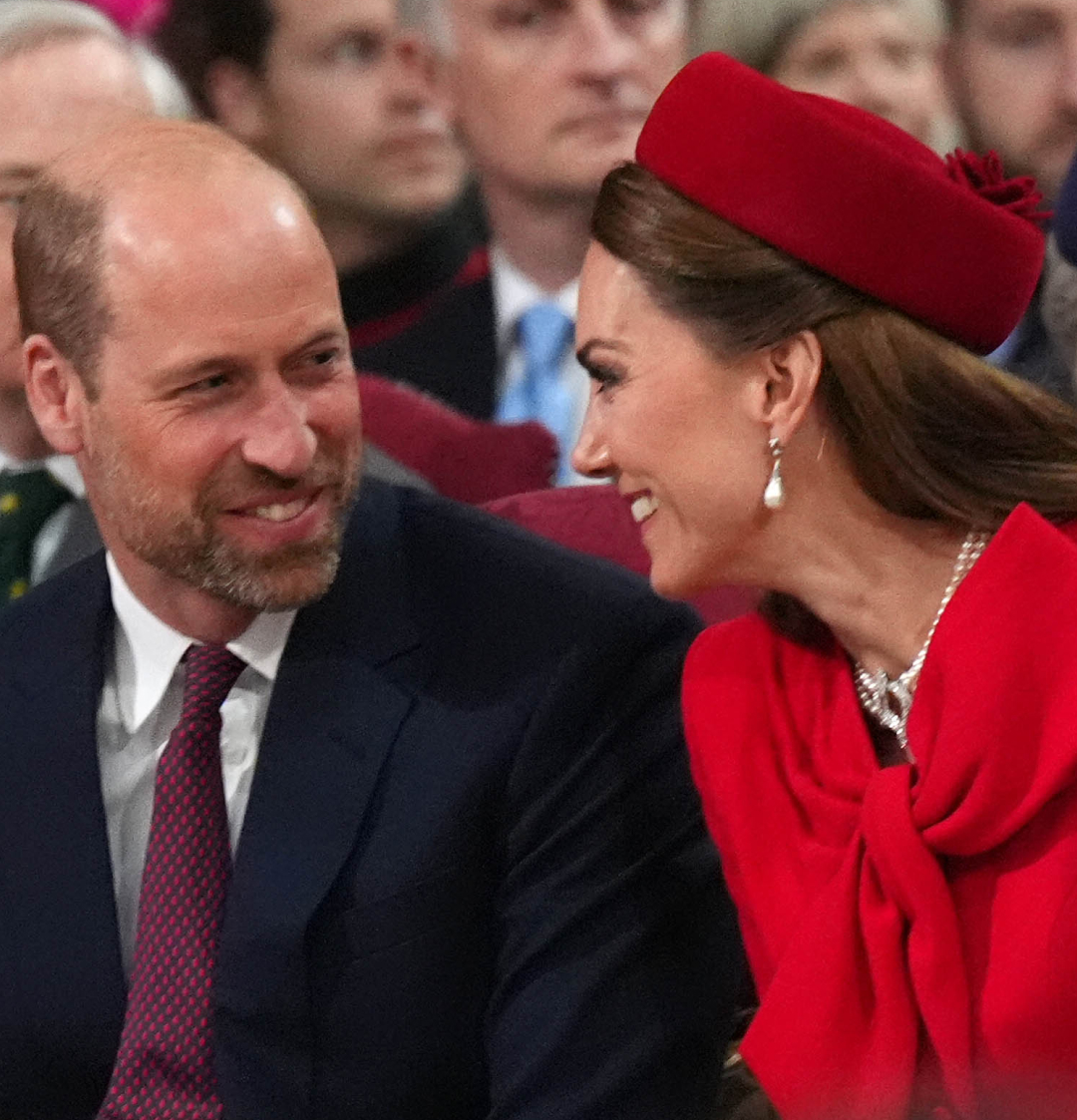 Prince William and Kate Middleton "Continue to Push Boundaries"
Prince William and Kate Middleton "Continue to Push Boundaries""They definitely have a different dynamic compared to other royal couples."
By Kristin Contino
-
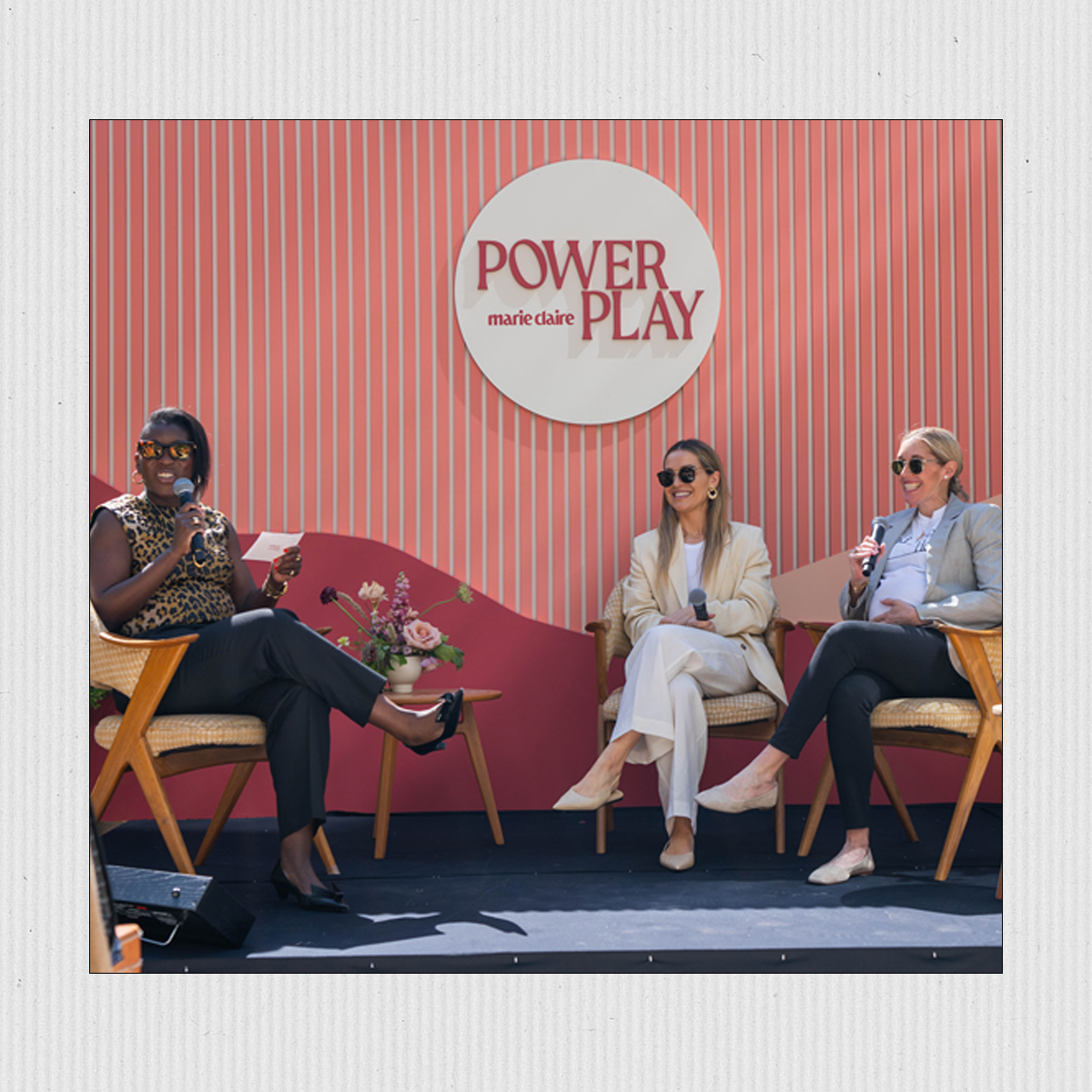 There's a Huge Gap in Women's Healthcare Research—Perelel Wants to Change That
There's a Huge Gap in Women's Healthcare Research—Perelel Wants to Change ThatThe vitamin company has pledged $10 million to help close the research gap, and they joined us at Power Play to talk about it.
By Nayiri Mampourian
-
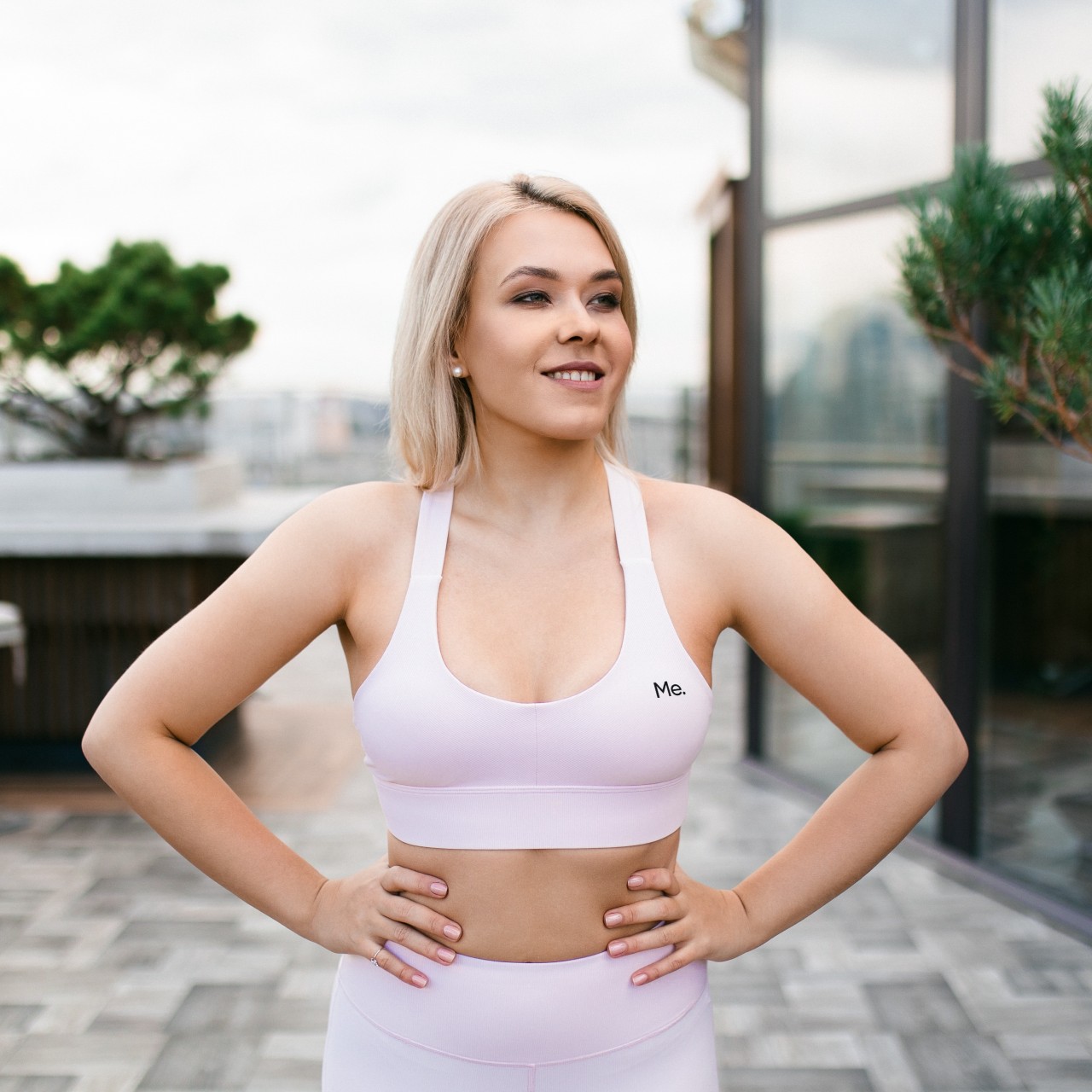 BetterMe Will Make Your New Year’s Resolutions Last the Other 12 Months
BetterMe Will Make Your New Year’s Resolutions Last the Other 12 MonthsSponsored BetterMe: Health Coaching uses a psychology-based program to approach your health goals from all angles, so they stay within reach.
By Sponsored
-
 Everlywell's At-Home Test Kits Are 40% Off
Everlywell's At-Home Test Kits Are 40% OffThe testing company is offering big savings on some of their most popular kits.
By The Editors
-
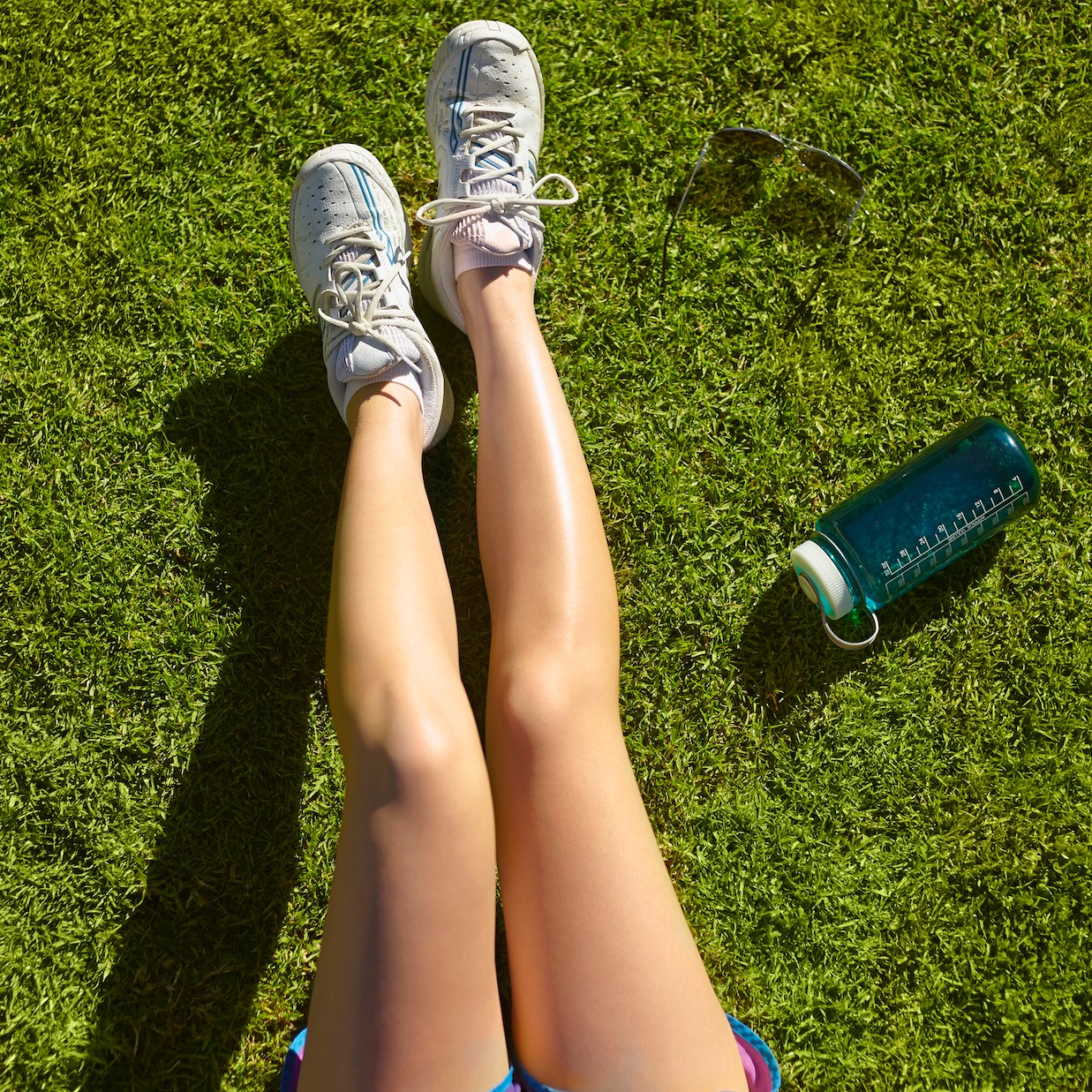 The Truth About Thigh Gaps
The Truth About Thigh GapsWe're going to need you to stop right there.
By Kenny Thapoung
-
 Don't Miss Frida's Realistic Breastfeeding Ad That Aired at the Golden Globes
Don't Miss Frida's Realistic Breastfeeding Ad That Aired at the Golden GlobesThe commercial accurately depicts the struggles of breastfeeding.
By Zoe Guy
-
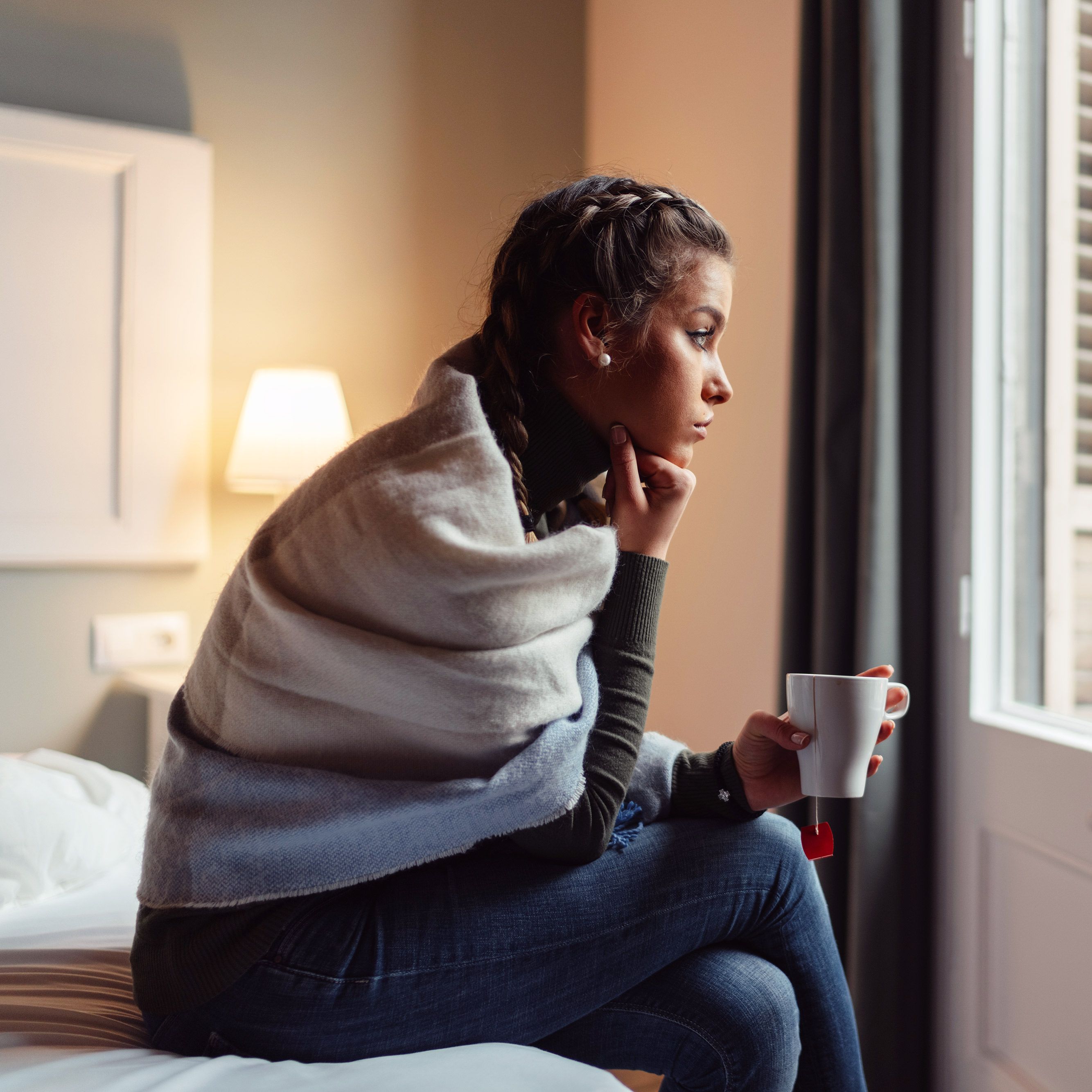 Are New Year's Resolutions Still a Thing?
Are New Year's Resolutions Still a Thing?How To Our resident psychiatrist offers a way to make that resolution (finally) stick.
By Samantha Boardman
-
 Inside THE WELL, NYC's New Private Fitness and Wellness Club
Inside THE WELL, NYC's New Private Fitness and Wellness ClubWhat if you had all of your doctors—plus a personal trainer, meditation room, and sauna—under one roof?
By Rachel Epstein
-
The Easy Way To Add More Time To Your Morning
Because we can all use an extra 15 minutes.
By Hannah Miller